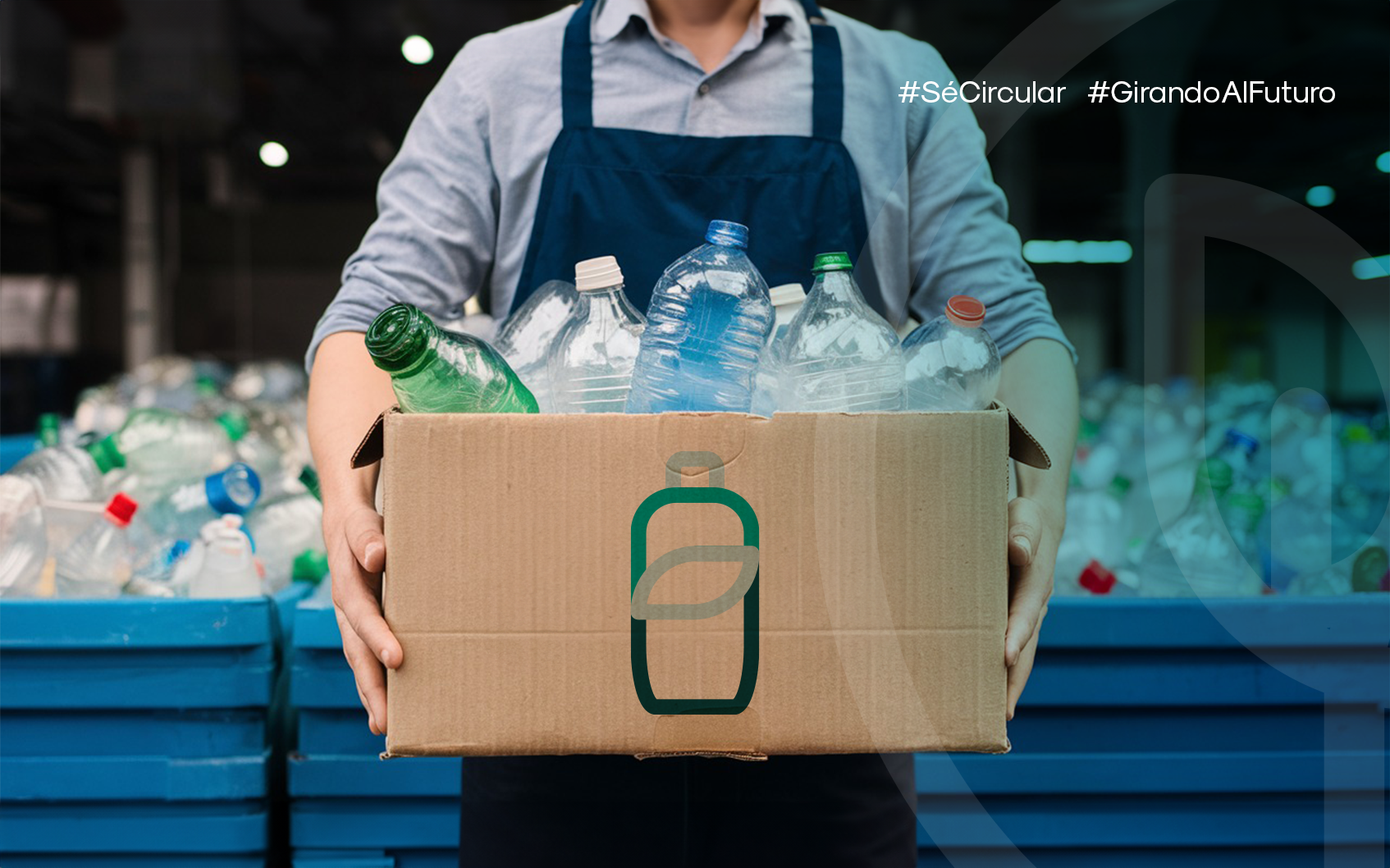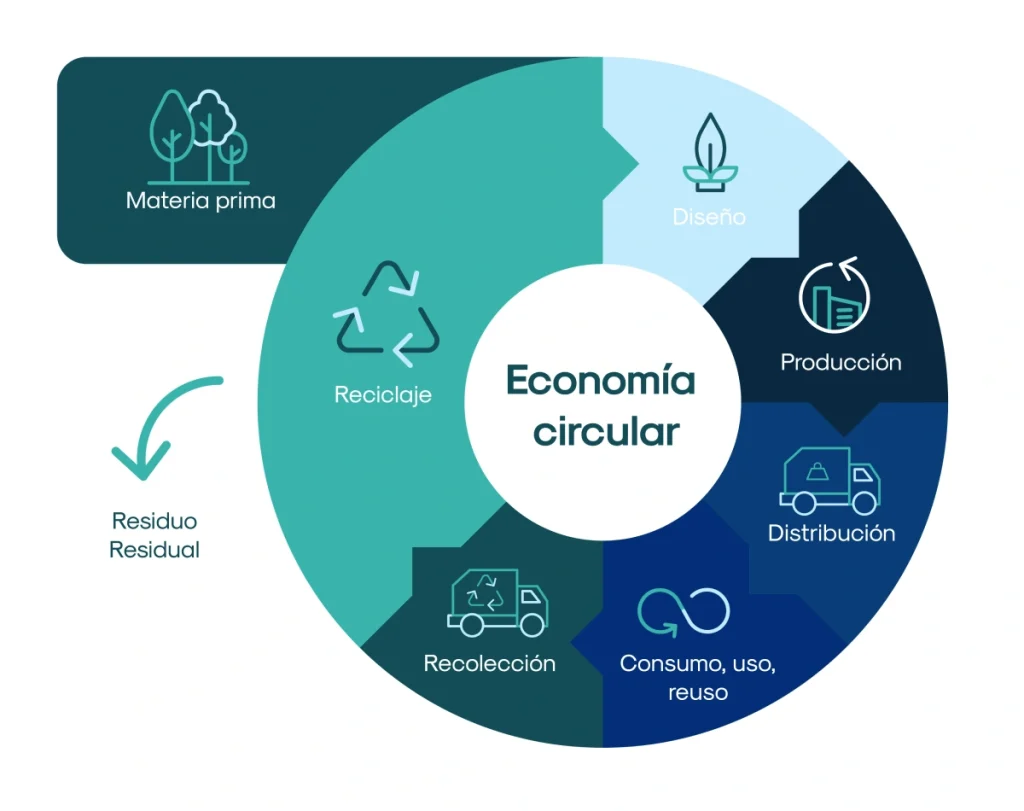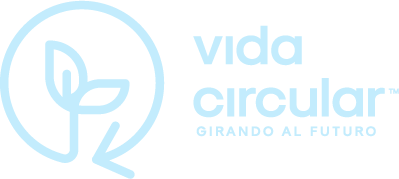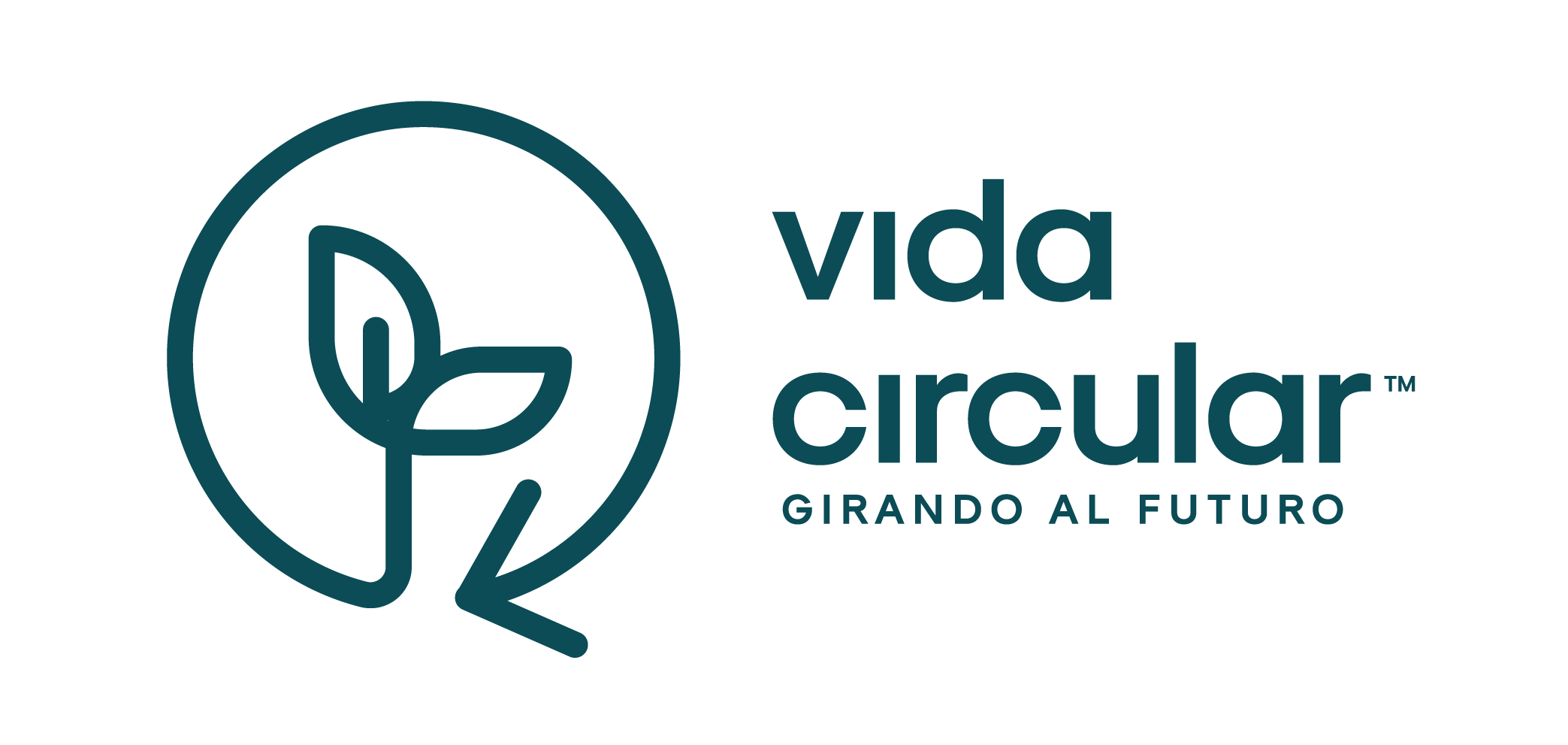
Collection centers: everything you need to know to contribute to recycling
But... What is a collection center?
A collection center is a place designed to collect and store recyclable materials such as plastic, paper, glass and metals. These materials, instead of ending up as trash, are prepared there to be sent to recycling plants, where they are turned into new products.
The main idea of the collection centers is to help us separate and manage waste correctly. This not only reduces the amount of waste that goes to landfills, but also helps to take care of the environment by making better use of the resources we already have. In addition, these sites are an important step in promoting the circular economy, where materials are not wasted, but reused over and over again.
How do collection centers operate in Mexico?
In Mexico, collection centers are key to recycling and responsible waste management. Operated by non-governmental organizations, private companies or even government entities, these centers work with organized processes that ensure that recyclable materials have a second life. Here's how they usually work:
It all starts with the arrival of recyclable materials at the center. They can be brought by people who want to do their bit, by companies that handle large volumes of waste, or by specialized collection services. In some cities, there are even door-to-door collection programs that make the process much easier for families and businesses.
Once the materials arrive at the center, they are separated by type: plastic, glass, cardboard, paper, metals, among others. This sorting can be manual, with trained personnel inspecting and separating, or automated, using tools such as conveyor belts, magnetic separators for metals or optical technologies that identify different types of plastics or colors of glass.
Once sorted, the materials are stored temporarily while enough is accumulated to be sent to recycling plants. During this time, it is important that they are handled and stored properly to avoid damage or contamination, especially materials such as paper and cardboard, which are sensitive to moisture.
When there is a sufficient quantity, recyclable materials are sent to recycling plants. There they are processed into raw materials or new products. This transportation must be done in an efficient and sustainable manner, seeking to reduce the environmental impact, for example, by optimizing routes and using low-emission vehicles.
Why is this process important?
This system not only prevents tons of waste from ending up in landfills, but also helps to protect natural resources and generates jobs at every stage of the process. It is also an example of how, with a little organization and awareness, we can make great changes in favor of the environment.
So the next time you take your recyclables to a collection center, remember what's behind it, you are helping those materials to have a second life and you are being part of a system that makes a difference.
What materials do the collection centers receive?
Collection centers are key places to give waste a second life, and accept a wide variety of recyclable materials. Among the most common are:
- Paper and cardboard
Include sheets, magazines, newspapers, cardboard boxes, and all types of clean, dry paper. It is important that these materials are not stained with food, grease or liquids, as this makes them non-recyclable.
- Plastics
Different types of plastics are received, such as PET bottles, cleaning product containers, bags and other plastics marked with recycling symbols. Before taking them in, be sure to rinse them and remove any food or liquid residue.
- Glass
Clean glass bottles, jars and containers are recyclable. However, some types of glass, such as mirrors, light bulbs or tempered glass, are generally not accepted because they require different processes.
- Metals
Aluminum cans, tin cans and other metals such as copper and steel are also welcome. Rinsing the cans helps to make the material ready for recycling.
- Electronic waste
From cell phones and chargers to small household appliances, electronic waste can be recycled at many specialized collection centers. These materials require special handling because of the components they contain, such as heavy metals.
- Textiles
Some centers also receive clothing, fabrics and other textiles, as long as they are clean and dry. These can be reused or transformed into new products.
Importance of separating materials
The correct separation of materials is key to facilitating the work at the collection centers. This not only saves time and reduces costs, but also improves the quality of the recycled materials, ensuring that they can be put to the best possible use.
For example, clean cardboard can be recycled several times, but if it is stained with grease, it loses its value and may end up in the landfill. If we mix broken glass with other types of materials, we could damage the machines that process them.
In addition, it is essential not to mix organic waste with recyclable waste. Food or liquid waste not only contaminates the materials, but also generates bad odors and attracts pests, complicating waste management.
The importance of the stockpilers
Collectors are individuals or companies in charge of collecting, sorting and processing recyclable materials at collection centers. Their work is essential to ensure that materials are handled properly and prepared for recycling.
Collectors have the experience and knowledge necessary to efficiently manage recyclable materials. In addition, their work ensures that materials are correctly sorted, which facilitates their subsequent recycling and prevents process contamination.
Recommendations from the stockholders to the company
Collectors are experts in handling recyclable materials and know firsthand the challenges they face in processing them correctly. By following some of their recommendations, we can make their job easier, improve the quality of recycling and maximize the benefits for the environment. Here we share with you the most important tips to collaborate effectively with them.
- Separate recyclables from organics
It is key that recyclable waste (plastic, paper, glass) is not mixed with food scraps or organic waste. If mixed, recyclables cannot be processed correctly.
- Classifies plastics by type
Plastics should be separated according to their type (PET, HDPE, etc.). This makes the recycling process much more efficient and ensures that each plastic is recycled in the best way.
- Do not mix recyclable materials with other waste
Avoid putting things in the same bag that are not recyclable, such as tissues or ceramics. This can contaminate the whole lot and cause all the recycling effort to go to waste.
- Respect delivery schedules
Take your recyclables to the collection centers within the established hours. This way, the collectors can be better organized and ensure that everything is recycled efficiently.
Circular economy
The circular economy is a system that seeks to make the most of resources and generate less waste, and this is where collection centers come in. These places are responsible for collecting and separating recyclable materials such as plastic, glass, paper and metals, so that they do not end up in the trash and can be reused.
Imagine that a plastic bottle you take to a collection center can become another bottle or even clothing. Or that glass you separated at home can be recycled over and over again without losing quality. The collection centers make it possible for these materials to remain in use and not go to waste.
They also help us understand how important it is to recycle and care for the environment. Taking our recyclables to these points is a simple but powerful way to support a more sustainable system - together we can all make a big difference!

The value of collection centers in Mexico
In Mexico, collection centers are vital to environmental sustainability. They help reduce the amount of waste going to landfills, reduce pollution and promote the circular economy. In addition, collection centers generate jobs and foster a culture of recycling among the population. With increasing urbanization and global consumption, an efficient waste management infrastructure is essential, and collection centers are a key part of this process.
One of the main benefits of the collection centers is their contribution to the reduction of the ecological footprint. The ecological footprint measures the environmental impact that human activities have on the planet. Learn more about the ecological footprint HERE Recycling materials reduces the need to extract new natural resources, which in turn reduces deforestation, soil degradation and air and water pollution. In addition, recycling materials such as plastic and metal consumes less energy than producing new materials, resulting in lower greenhouse gas emissions.
Another important advantage of the collection centers is their ability to promote social and environmental responsibility. By participating in recycling programs, citizens become aware of the importance of caring for the environment and adopting more sustainable habits.
In addition, collection centers can have a positive impact on the local economy. The creation and operation of these centers generate jobs in areas such as the collection, sorting and processing of recyclable materials. They can also stimulate the economy by providing low-cost raw materials for the manufacture of new products, which can be particularly beneficial for small and medium-sized enterprises.
How to participate in the collection centers?
Contributing to the care of the environment through collection centers is easier than it seems. Here are some practical steps to get you started:
1. Get informed
The first step is to find out where the nearest collection centers are and what materials they accept. You can find this information online, on the centers' social networks or by checking with your local government. Each center has its own rules and hours, so it is important to be aware.
2. Separate your waste
The key is to separate materials correctly at home. Divide your waste into:
- Organic: such as food leftovers or peelings.
- Recyclables: paper, cardboard, plastics, metals, glass and electronics.
Make sure they are clean and dry so they can be recycled without problems. For example, rinse bottles and cans to avoid odors or contamination.
3. Deliver your materials to
Take your separated waste to the collection center at the indicated times. Follow the instructions of the staff, who will usually guide you to place each material in the appropriate container. If you have questions, ask! They are there to help you.
4. Get involved in your community
Many collection centers organize activities such as workshops, recycling drives and educational events. Participating in these programs not only teaches you more about recycling, but also inspires others to join in. In addition, you can encourage your family, friends or neighbors to recycle and bring their materials to the collection center with you.

Benefits of using collection centers
Using collection centers not only helps the environment, but also has many other benefits. By participating in recycling, we are contributing to a more sustainable future. Here are some of the most important benefits:
- Reduction of the ecological footprint
Recycling reduces the amount of waste in landfills and prevents pollution. By recycling, we also reduce the need to extract natural resources, such as wood and minerals, helping to conserve our ecosystems.
- Saving of natural resources
Recycling helps conserve vital resources. For example, recycling one ton of paper can save 17 trees and 7,000 gallons of water, reducing pressure on the environment.
- Promotion of an environmental culture
Recycling promotes ecological awareness and teaches us sustainable habits. By getting involved, we educate our community about the importance of caring for the planet.
- Support for the circular economy
Collection centers are fundamental to the circular economy, which maximizes the use of resources by recycling materials instead of discarding them. This helps conserve resources and reduce the production of new materials.
- Employment generation
Recycling creates jobs in areas such as collection, sorting and processing of materials. It also fosters the creation of new opportunities in sustainable industries.
- Pollution reduction
Recycling materials such as plastic and metals prevents them from polluting the environment, which contributes to cleaner air, water and soil.
- Promotion of innovation
The recycling industry drives the development of new technologies that enable the transformation of recycled materials into innovative products, improving production efficiency and sustainability.
Conclusion
Collection centers are a fundamental tool for moving towards a more sustainable future. Not only do they allow us to recycle and reduce our waste, but they also foster a collective awareness of the importance of caring for our environment.
Participating in these centers is a practical way to contribute to the well-being of the planet and, at the same time, support an economy that prioritizes the reuse of resources instead of wasteful consumption. If we all do our part, even with small gestures such as separating our recyclable materials, we can make a significant change.
In the end, it's about taking responsibility for the environment and taking advantage of the opportunities that collection centers offer to make a real difference.




